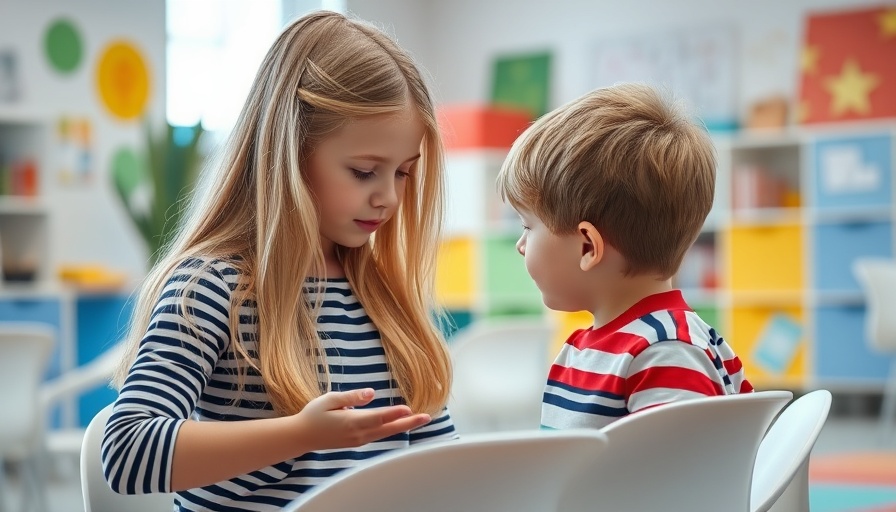
Understanding the Power of Mindfulness: A Family Approach
In our fast-paced, often chaotic world, stress affects everyone, especially our children. Mindfulness practices can be powerful tools to empower families with skills to handle difficult emotions. The Calming Hands technique, designed for children and shared by Rose Felix Cratsley from Ivy Child International, introduces a creative way to engage kids in mindfulness through art and breathing exercises.
Building Emotional Resilience Through Creative Practices
Mindfulness isn't just a solitary endeavor; it can be a family affair. Engaging in mindful breathing and creative activities as a family can strengthen emotional connections and resilience. When parents engage in practices like Calming Hands alongside their children, it emphasizes that managing emotions is a shared journey. This mutual engagement fosters a sense of safety and support, allowing both children and adults to navigate stress together.
Steps to Implement the Calming Hands Technique
The Calming Hands practice involves simple yet effective steps:
- Make the Handprint: Encourage your child to trace their hand or create a colorful handprint. This artistic expression helps them connect with their feelings.
- Number the Fingers: Number each finger from 1 to 10, providing a visual representation of their breath count.
- Mindful Breathing: Have your child place their real hand on top of their handprint, encouraging them to breathe in deeply as they count to 10, promoting a sense of calm and focus.
Integrating creativity into mindfulness practices makes them more engaging and memorable. The hands can serve as calming tools, and children learn to recognize their own ability to influence their emotional states.
Adapting Calming Hands for All Children
By engaging with various textures during the Calming Hands technique, children with sensory needs can explore their sensory landscape. Parents can include items like soft fabrics or smooth stones in their practice, allowing kids to engage with their senses fully. This flexibility ensures that mindfulness practices can be accessible to every child, regardless of their individual needs.
Family Bonding Through Mindfulness
Creating a regular mindfulness practice can also strengthen family bonds. When parents model mindfulness techniques like Calming Hands, they not only reinforce these skills in their children but also promote personal growth and emotional awareness. By making mindfulness a family ritual, children see that it is a normal part of life, helping them feel supported and less isolated in their emotional experiences.
What’s Next? Encouraging Emotional Exploration
Encouraging children to reflect on how they feel after completing the Calming Hands activity is crucial. Ask them questions about their sensations and emotions—this promotes self-awareness and reinforces the connection between their feelings and their bodies. Reflection helps children develop emotional intelligence, enabling them to identify and articulate their feelings more effectively in the future.
Take Action: Begin Your Mindfulness Journey Today
Whether you're a seasoned mindfulness practitioner or a beginner, incorporating the Calming Hands technique into your family's routine can yield remarkable benefits. Making time for mindfulness not only helps children manage their emotions but also creates lasting family memories built on emotional resilience and understanding. Explore creative ways to engage your children in this practice, and watch them blossom into emotionally aware individuals.
 Add Row
Add Row  Add
Add 




Write A Comment